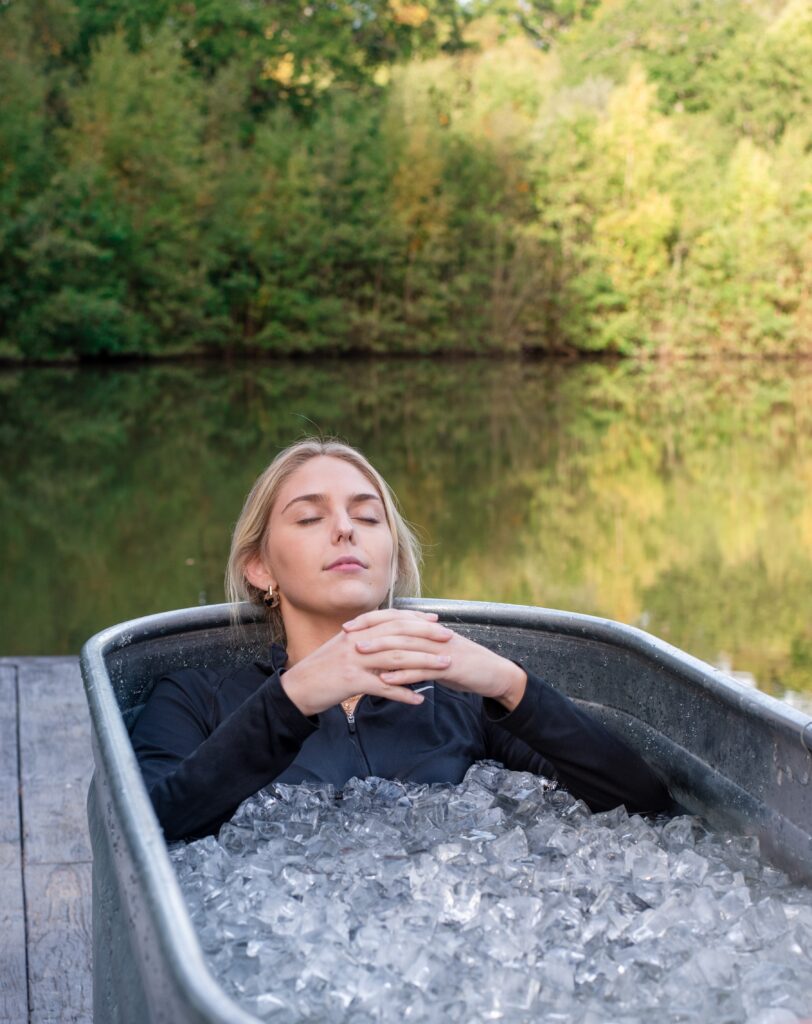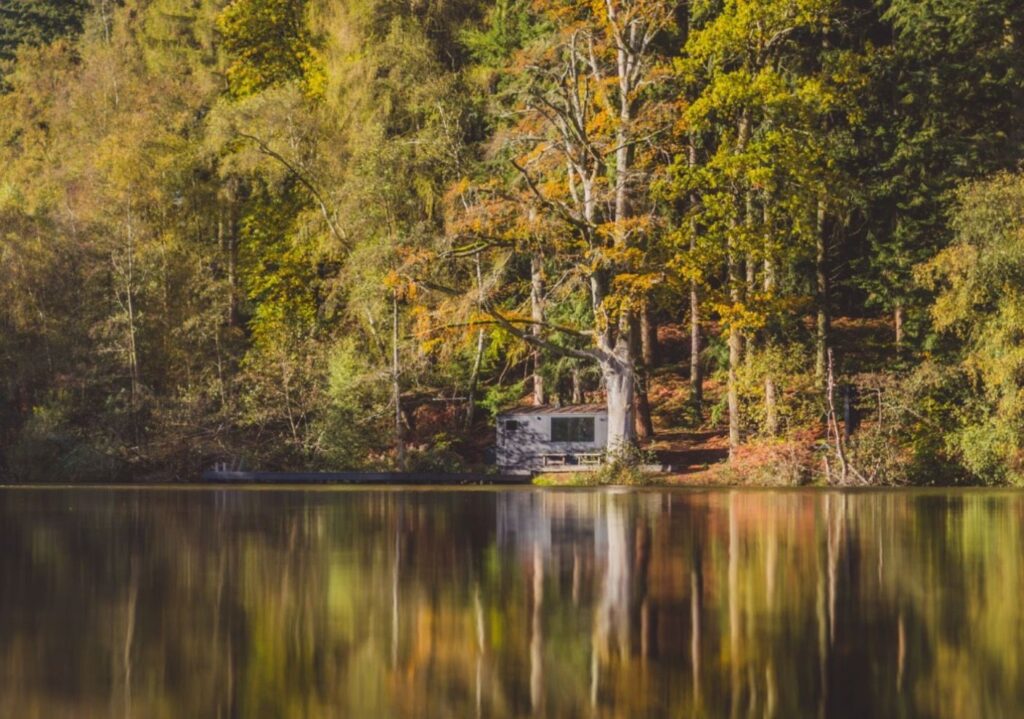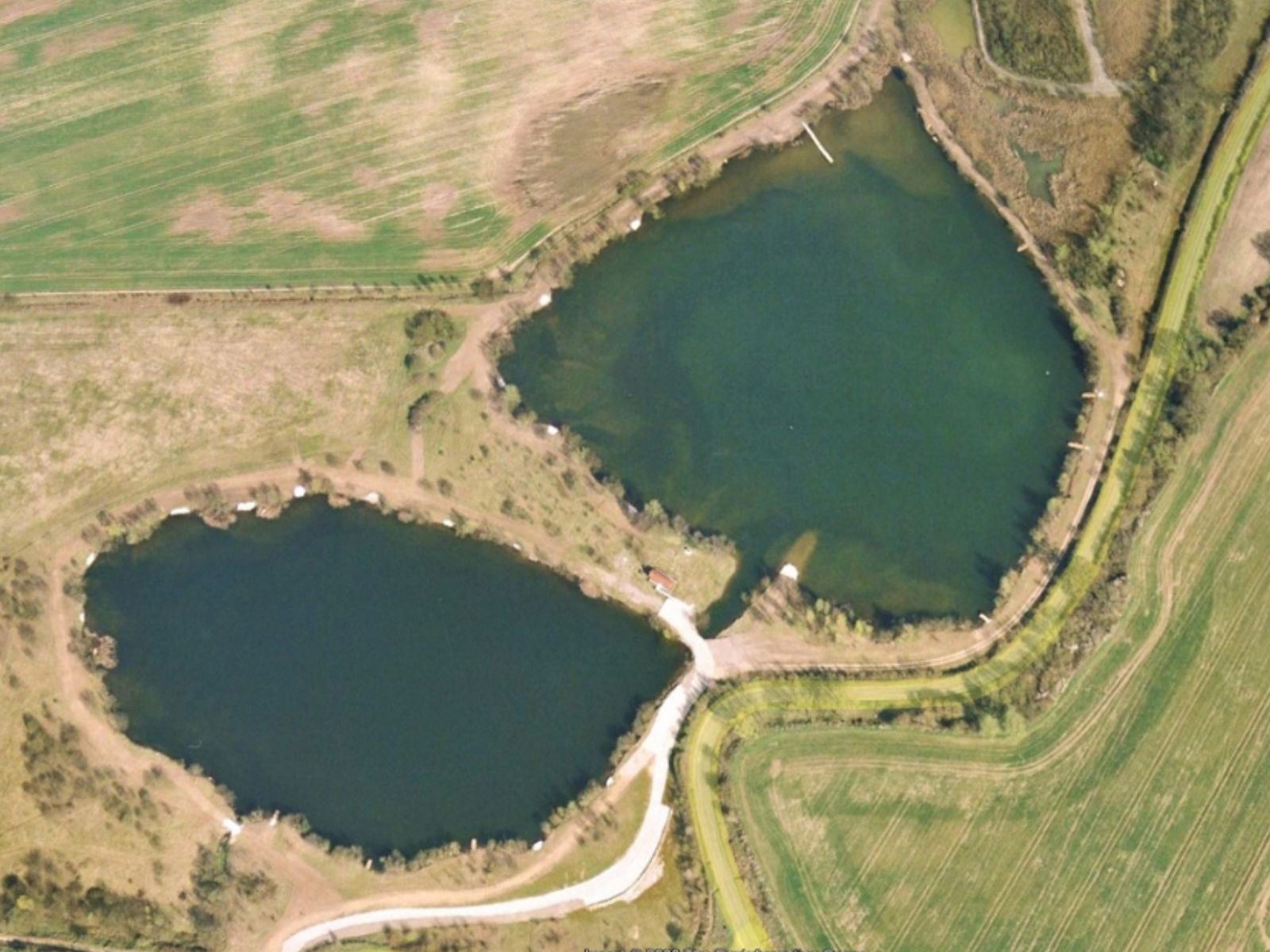
Some of the lakes on the Wasing Estate have existed for a very long time. Staghead Lake and Middle Lake in Wasing Woods SSSI are undoubtedly the oldest at several hundred years old, and they have developed complex ecosystems in association with the heathland and pine woods nearby. But Shalford and Bottle are also longstanding and fishing these lakes dates back to the 80’s, when there was very little trees vegetation around the lakes. The photos above and below, courtesy of Google Earth, show how dramatic the changes have been at Shalford and Bottle just in the last 20 years.
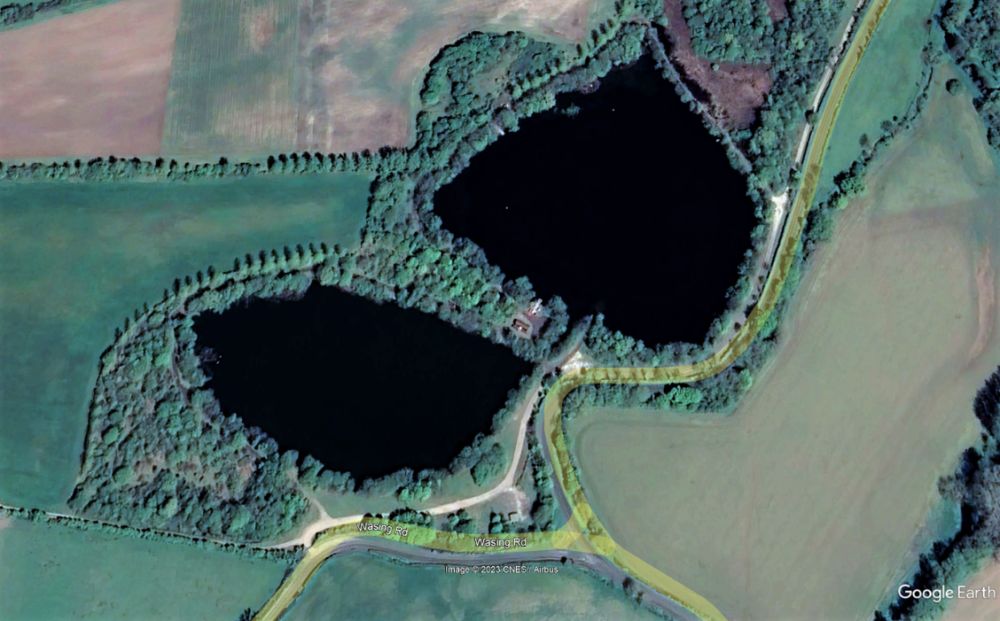
Since then, hundreds of plant and insect species have colonised the lakes and the banksides; as the lakes have matured, conditions for orchids have become more favourable. Orchids are unusual and interesting because their tiny seeds carry no food for the seedling. The seed must parasitise soil fungi to provide food for the germinated seedling. This relationship with the fungus continues throughout the orchid’s life, but only after several years does the orchid have enough energy to produce leaves and flowers. To counteract the low chance of a seed landing on just the right piece of soil, the orchid produces millions of tiny seeds, the size of a speck of dust, that drift on the wind for many miles. Now, at Shalford and Bottle, the conditions for several species of orchid are just right and you can spot them currently in flower.
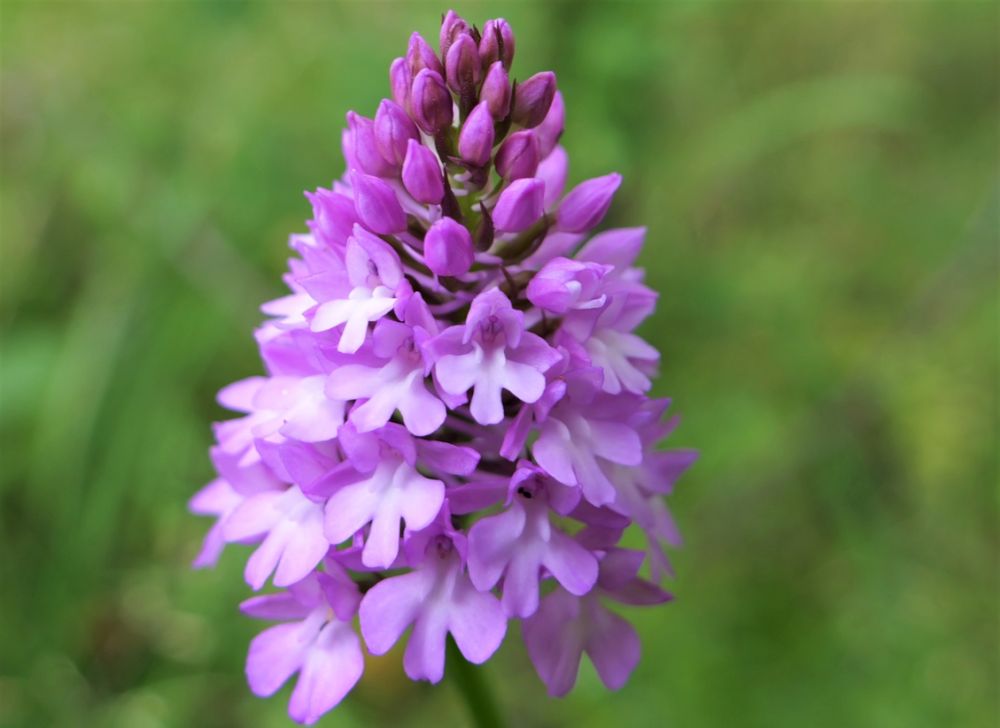
Orchids aren’t the only showy plants in flower round the lakes at the moment. Take a look at this stunning close up of the underappreciated common chicory below.

As well as all the vegetation in bloom, Butterflies are nearly at their peak and this handsome Ringlet was making the most of the dappled shade round Oxlease Lake. The Ringlet is one of those butterflies that refuses to sit still for very long, so it’s difficult to appreciate it’s beautiful coffee brown colours and those dazzling ringlets.
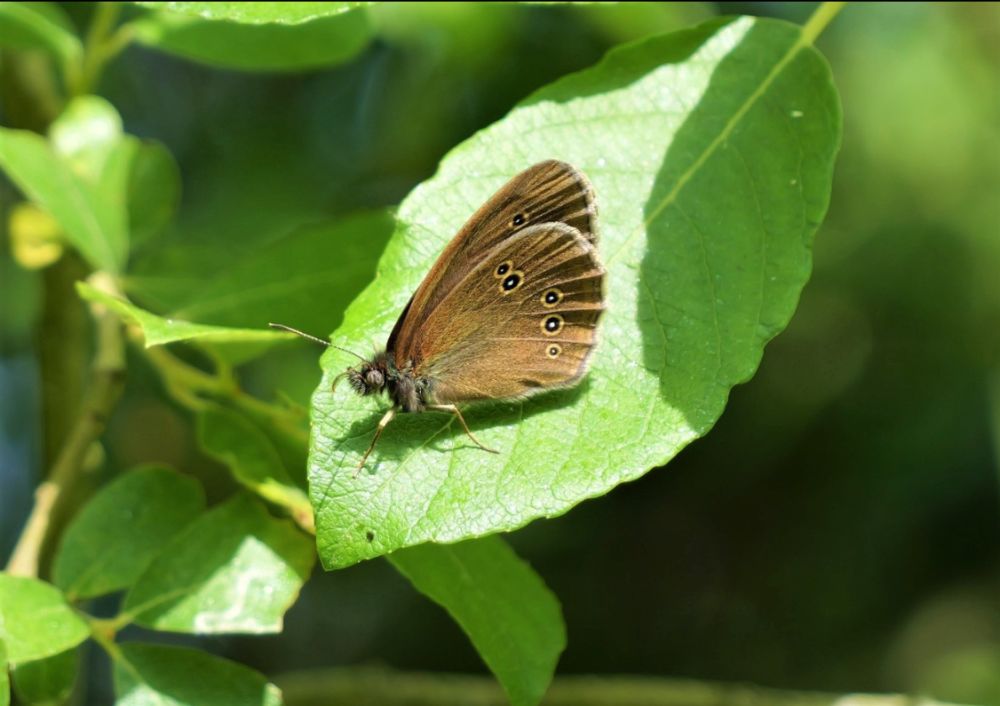
The cuckoo’s unmistakable call is a highlight of summer fishing on the Estate. Although the Estate has a good population of cuckoos each year due to the wide variety of suitable habitats, these iconic birds will already be starting their return journey to their wintering grounds in Central Africa. Most will have vacated the UK and be moving south through Europe. The BTO Cuckoo Tracking Project enables you to track their journey and provides up to date satellite tracking positions.
For now, enjoy the sunshine, watch the flowers bloom and listen to the last remaining calls of the Cuckoo.
– Jock the Wasing Bailiff







